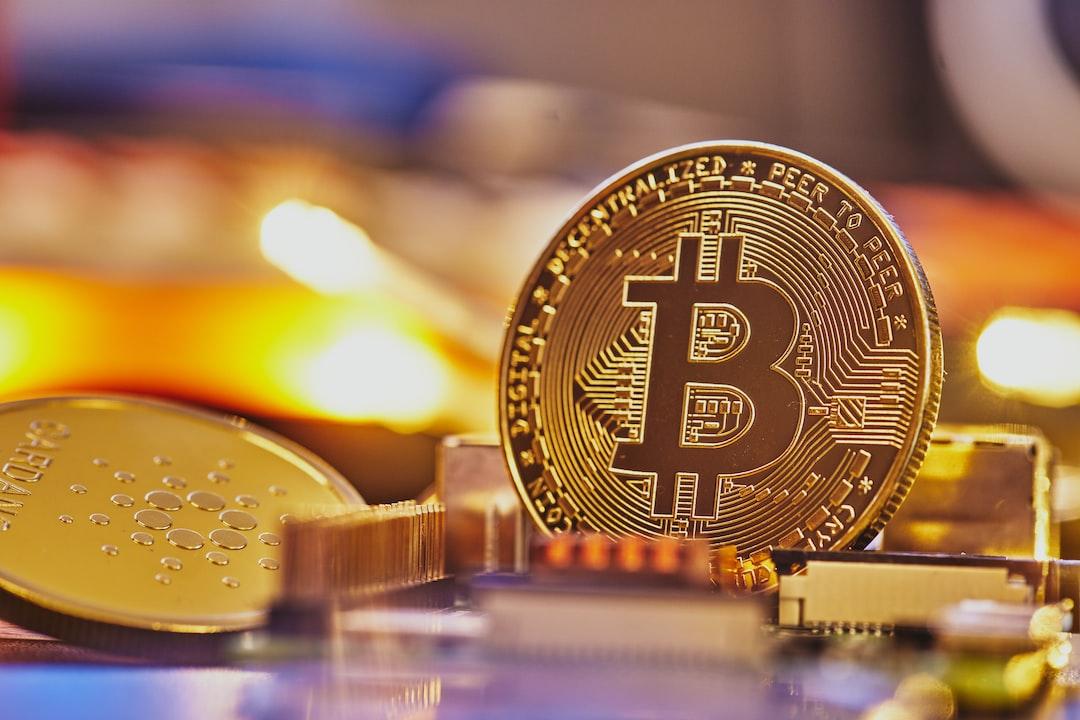Grayscale Investments has unveiled a new investment fund designed for sophisticated clients who want to benefit from the income generated by staking cryptocurrency tokens. The Grayscale Dynamic Income Fund is exclusively available to clients with assets under management of more than $1.1 million or a net worth of over $2.2 million. The fund aims to convert staking rewards into US dollars on a weekly basis, with distributions planned quarterly for investors. Grayscale will conduct thorough analysis to select the proof-of-stake tokens included in the fund’s portfolio. The primary objective is to maximize staking income, with capital growth as a secondary focus.
Crypto staking involves locking up crypto tokens to earn interest or rewards, which helps ensure the secure and efficient functioning of the blockchain network. Grayscale has specified three proof-of-stake tokens that will be held in the fund: Osmosis (OSMO) with a 24% share, Solana (SOL) with 20%, and Polkadot (DOT) with 14%. The remaining 43% is allocated to other tokens. Staking reward rates currently stand at 11.09% for OSMO, 7.42% for SOL, and 11.9% for DOT, according to Staking Rewards data. However, among these tokens, only SOL ranks in the top 10 by market capitalization, as per CoinMarketCap.
Grayscale retains the right to modify the crypto holdings at its discretion. In other news, Grayscale’s spot Bitcoin exchange-traded fund (ETF), launched on January 11, has experienced significant outflows. Since its launch, the Grayscale Bitcoin Trust has seen daily outflows totaling over $14 billion, as reported by Cointelegraph on March 26. Notably, Grayscale’s Bitcoin ETF charges a management fee of 1.5% per year, which is five times higher than the average of other spot Bitcoin ETFs at 0.30%. While Grayscale has applied for an Ethereum Futures ETF, the decision on whether to approve the product has been postponed by the United States Securities and Exchange Commission.
Magazine: Trezor CEO suggests that Bitcoin ETFs turn Coinbase into a “honeypot” for hackers and governments.

